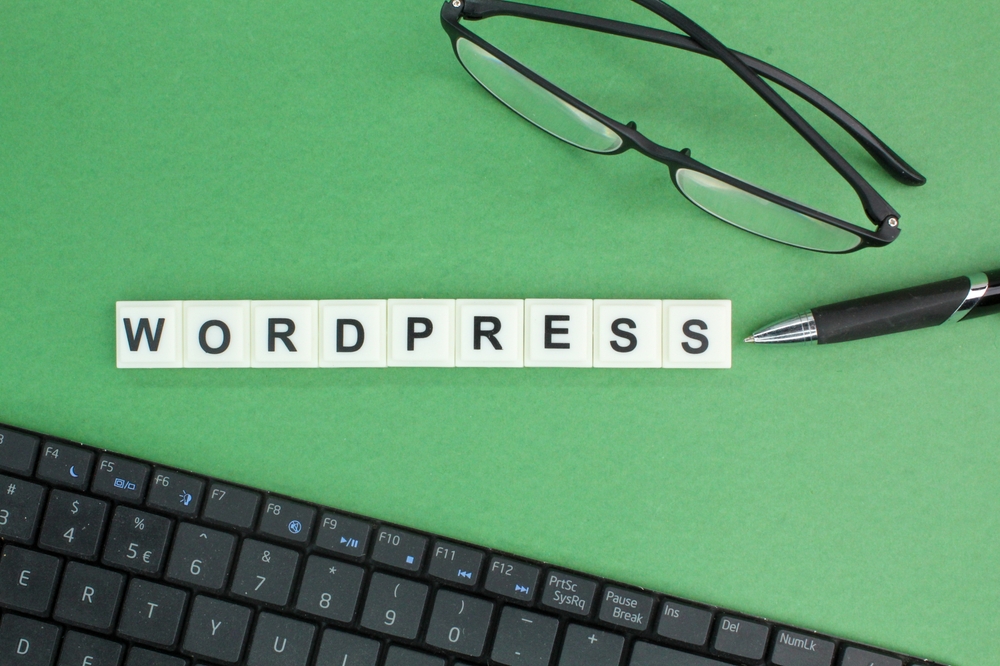
WordPress is one of the most popular content management systems (CMS) in the world, powering millions of websites. It offers a user-friendly interface and a wide range of customization options, making it an ideal choice for individuals and businesses alike. In this ultimate guide, we will explore expert tips and tricks to help you customize and maintain your WordPress (the platform for bloggers) website effectively.
1. Choose the Right Theme
The first step in customizing your WordPress (WP) website is selecting the right theme. A theme determines the layout, design, and functionality of your site. There are thousands of free and premium themes available, each with its unique features and customization options. When choosing a theme, consider your WordPress website's purpose, target audience, and desired style. Look for themes that are regularly updated and well-supported by the developer.
Once you have installed a theme, you can further customize its appearance by modifying the CSS styles or using a theme customization panel provided by certain themes. Experiment with various color schemes, typography, and layouts to create a visually appealing and unique website.
2. Plugins for Extended Functionality
WordPress plugins are essential for adding extended functionality to your website. There are thousands of plugins available, offering features such as contact forms, search engine optimization (SEO), social media integration, and much more. When choosing plugins, make sure to check for compatibility with your WordPress (the blogging platform) version and active theme.
Be mindful not to install too many plugins as it can slow down your website's performance. Select only the necessary plugins and regularly update them to ensure compatibility and security.
3. Customizing Your Website's Appearance
WordPress provides various options for customizing your website's appearance. You can modify the site's header, footer, sidebar, fonts, colors, and more. Here are some expert tips to enhance your website's visual appeal:
- Logo: Upload a custom logo to showcase your brand identity. Custom Background: Choose a specific background color or image that complements your content. Custom Menus: Create menus with links to your website's pages, categories, or external URLs. Widgets: Take advantage of sidebars and widget areas to add functionality and content blocks.
Remember to regularly preview your website on different devices and browsers to ensure it looks consistent and visually appealing across various platforms.
4. Optimizing Your Website for Performance
In today's fast-paced online world, website performance plays a crucial role in user experience. Slow-loading websites can frustrate visitors and negatively impact your search engine rankings. Here are some optimization tips to improve your WordPress website's performance:
- Caching: Utilize caching plugins to store static versions of your website, improving load times. Image Optimization: Compress and resize images to reduce file sizes without sacrificing quality. Minify CSS and JavaScript: Remove unnecessary characters and spaces from CSS and JavaScript files to reduce their sizes. Remove Unused Plugins and Themes: Regularly delete unused plugins and themes to reduce clutter and potential vulnerabilities.
5. Regular Maintenance and Security
Proper website maintenance and security practices are crucial to keeping your WordPress website safe and functioning optimally. Here are some important tasks to perform regularly:
- Updates: Regularly update WordPress core, themes, and plugins to ensure compatibility, security fixes, and new features. Backups: Regularly backup your website's files and databases to protect your data from loss or corruption. Security Measures: Use strong passwords, limit login attempts, and employ security plugins to protect against potential threats. Monitoring: Keep an eye on your website's performance, uptime, and security with monitoring tools or services.
Frequently Asked Questions
Q: How do I install a new theme in WordPress?
A: To install a new theme, go to the "Appearance" section in your WordPress dashboard, click on "Themes," and then select "Add New." You can search for themes directly within WordPress or upload a theme from your computer.
Q: Can I customize my WordPress website without coding?
A: Yes, WordPress provides various customization options that allow you to modify your website's appearance and functionality without coding. You can use theme customization panels, page builders, and plugins to achieve the desired customization visually.
Q: How often should I update my WordPress plugins and themes?
A: It is recommended to regularly update your WordPress plugins and themes as new updates often include bug fixes, security patches, and improved features. However, always perform a backup before updating and test for compatibility.
Q: Should I use free or premium plugins for my WordPress website?
A: It depends on your specific needs and budget. Free plugins can fulfill basic requirements, but premium plugins often offer advanced features, dedicated support, and regular updates. Research the reputation and reviews of plugins before making a decision.
Q: How can I improve the security of my WordPress website?
A: You can improve the security of your WordPress website by using strong passwords, limiting login attempts, keeping your plugins, themes, and WordPress core updated, using security plugins, and regularly backing up your website's files and databases.
With these expert tips and tricks, you are empowered to customize and maintain your WordPress website effectively. Keep experimenting, learning, and staying up-to-date with the latest WordPress (or WP) trends to create a website that stands out in the digital realm.
Other useful resources
- https://www.wordpress24plus.com